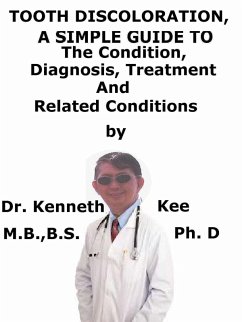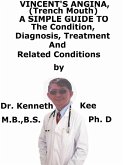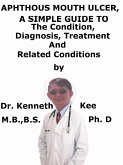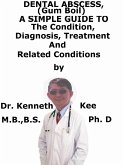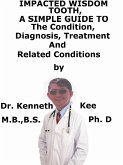It can affect self esteem.
Causes:
Discoloration can be caused by:
A. External factors stain the outer layer of the tooth and include
1. Smoking,
2. Beverages such as coffee, wine, cola
3. Foods such as apples and potatoes.
B. Internal factors affect the inner structure of the tooth (the dentin) causing it to darken or become yellowish through:
1. Excessive exposure to fluoride during early childhood
2. Tetracycline antibiotics use during the second half of pregnancy and children 8 years old or younger.
3. Tooth injury in a child with damage to the developing permanent tooth.
4. Systemic illness during tooth formation such as hemolytic disease of the newborn
5. Ageing discoloration - the dentin turns yellow naturally with aging making the teeth look discolored.
6. Infection (dental caries) results in grayish discoloration.
7. Dentinogenesis imperfecta
Rare condition in which children are born with gray, amber or purple discolorations in the teeth
8. Amelogenesis imperfecta
Genetic condition in which enamel formed during tooth development is abnormal and causes discoloration of teeth.
Symptoms are:
1. Stains on the enamel such as yellow or brown spots.
2. Yellow stains on the teeth from dentin showing through the worn away enamel.
Diagnosis
A dental examination can diagnose tooth discoloration and some causes (e.g., gingivitis).
Treatment
Treatment depends on the cause of the discoloration and may include.
1. Tooth hygiene -proper tooth brushing and flossing techniques
2. Avoid foods and beverages that can cause stains
3. Micro-abrasion of the stains on the outer surface of teeth
4. Bonding -tooth can be covered with a color-matched composite bonding material
5. Veneers are color-matched thin ceramic shells that cover the outer surfaces of the teeth.
6. Applying a bleaching agent to the enamel of the teeth.
a. Vital bleaching over-the-counter whitening agents or in-office whitening procedures
b. Non-vital bleaching
7. Intrinsic stains that are caused by damage to a nerve or blood vessel in a tooth sometimes can be prevented such as removing the inner part of the tooth (the pulp) followed by non-vital bleaching.
Tooth Whitening Methods:
Vital bleaching
Bleaching of vital teeth is suggested mainly for patients with generalized yellow, orange, or light brown extrinsic discoloration (such as chlorhexidine staining), even though it may be useful in reducing mild cases of tetracycline-induced intrinsic discoloration and fluorosis.
Presently, the bleaching chemicals most often used are carbamide and hydrogen peroxide.
When applied in higher concentrations, the chemicals produce more considerable bleaching than they do without these measures
Non-vital bleaching
Non-vital bleaching is suggested for the treatment of teeth with discoloration due to pulpal degeneration.
This method requires placing a mixture of 30% hydrogen peroxide and sodium perborate into the pulp chamber for as long as 1 week.
For non-vital bleaching, a tooth with an un-restored crown is ideal.
TABLE OF CONTENT
Introduction
Chapter 1 Tooth Discoloration
Chapter 2 Causes
Chapter 3 Diagnosis
Chapter 4 Treatment
Chapter 5 Best Tooth Whitening Methods
Chapter 6 Home Tooth Whitening
Chapter 7 Dental Decay
Chapter 8 Gingivitis
Epilogue
Dieser Download kann aus rechtlichen Gründen nur mit Rechnungsadresse in A, B, CY, CZ, D, DK, EW, E, FIN, F, GR, H, IRL, I, LT, L, LR, M, NL, PL, P, R, S, SLO, SK ausgeliefert werden.

